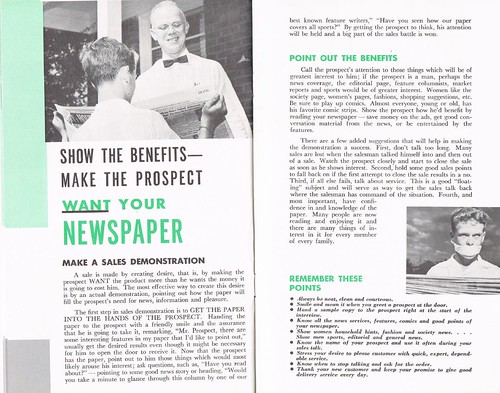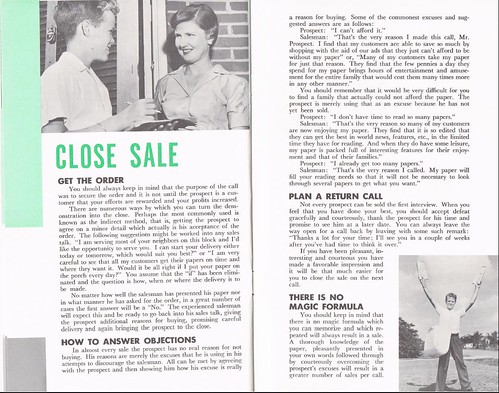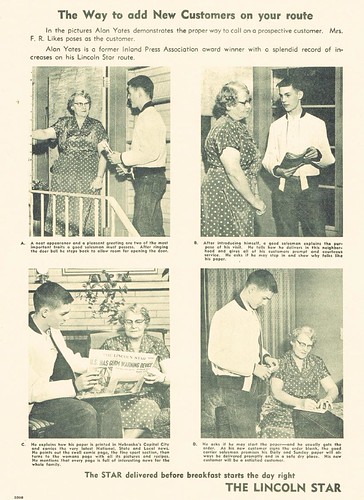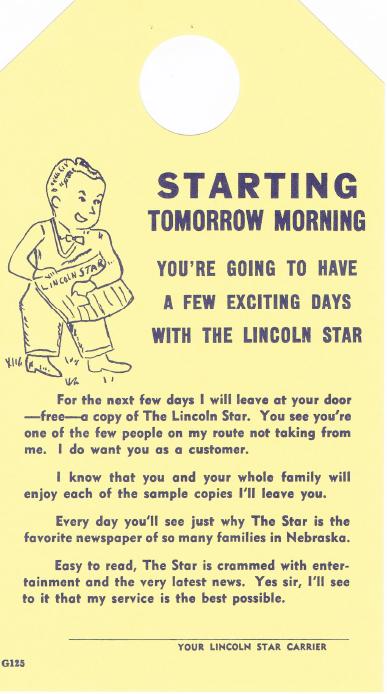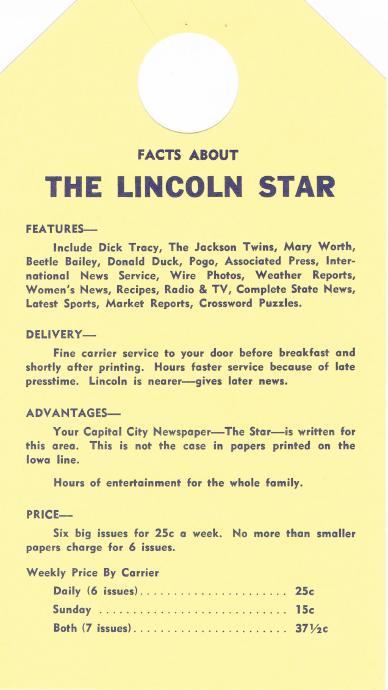The following is information I received from Steven Trier, great-grandson of George Weller, who lived in Faculty Lane House 1 from 1895 to his death in 1924. The surviving Weller family continued to occupy the house until 1930.
Mr. Trier sent me this information in several messages, and I have organized it into one essay.
George Weller was born in New Orleans, Louisiana. His real name was John Weller but he was called George from infancy on. (When he himself had children, his eldest son was named John, after his own real name, and it was many years and several children later that a son was named George, after his assumed name.) At an early age George Weller's family moved to Fort Wayne, Indiana, and he grew up there.
George Weller eventually married a woman named Clara Erich, who had three brothers who all were all Lutheran pastors. They had attended the seminary (or the school that eventually become the seminary) in Fort Wayne.
George and Clara Weller had about eight children, who included Anna, Hulda, John, Bub and Elsa. (The Wellers all had nicknames -- Rubs, Pussy, Dolly, Bing, Bub, Petey, Mortz, etc. Maybe I'll have to setup a cross reference to follow. I am still trying to clarify details about that Weller family.)
George Weller was my great-grandfather, and his daughter Anna Weller was my grandmother. Anna Weller eventually married Herbert Trier, who was born and raised in Fort Wayne, Indiana. (There ae many associations between the Weller, Erich and Trier families and between Seward, Nebraska, and Fort Wayne, Indiana.)
During Anna's childhood growing up in the Weller family in Seward, Nebraska, there were still small groups of Indians in the Seward area, and the White and Indian children sometimes would play together. It is more than likely that the Concordia children were the only Whites allowed to do so. German was the language spoken in the Weller home as well as in the church services. (It is interesting to read the St Johns history and see that there were still German services in the 1950s).
Herbert and Anna (Weller) Trier had four children -- John Weller Trier, Eric Trier, Barbara Trier and Herbert Peter Trier. The youngest, who was called Pete by the family, is my father. He was born in Fort Wayne in December 1927.
The Trier family had settled in in Fort Wayne in 1828. When George Weller had lived in Fort Wayne, he and his family had socialized with the Trier family. My great uncle (a Weller) was the Director of Music at St. Paul's in Fort Wayne, and my Dad and his Trier family lived literally in the shadow of the Church. So the Weller and Trier families knew each other well and so became inter-married.
The Weller and Trier families also have a connection to the Seminary in St. Louis. Missouri. The real push to set that school up came from the Fort Wayne Lutherans, including my great, great, great-grandfather Conrad Trier. He was one of the founders of St Paul in Fort Wayne as well as Trinity Lutheran Church in Fort Wayne.
Because of economic hardships during the 1930s and early 1940s, the two youngest Trier children -- Peter (my Dad) and my aunt Barbara -- were shipped out to live with their Aunt Elsa and Aunt Hulda (the Weller sisters of my grandma Anna Weller) in Kearny, Nebraska. During those years, Peter and Barbara occasionally visited the Weller family in Seward.
Because of his years living in Kearny, my Dad probably knows more about those Nebraska Wellers than anyone still alive. He says that Uncle Bub Weller (a son of George Weller) attended the University of Nebraska in the early 1920s and was a team captain and All-American. Uncle Bub's older brother John Weller (the oldest son of George Weller) attended the University of Nebraska in 1902-1906 and was a team captain too. Bub was a big man and played tackle and was the key in Nebraska's upset win over Notre Dame. John was smaller and played in the backfield. I believe John eventually worked as an engineer on the Panama Canal.

The woman standing second from the left (in the dress with horizontal stripes) is Elsa (Weller) Williams, and the woman standing second from the right (in the dress with the red collar) is Anna (Weller) Trier. Elsa and Anna were daughters of George Weller, the first President of Concordia College in Seward, and so they grew up in Faculty Lane House 1. The picture was taken in 1971, when Elsa was living in Lincoln, where Anna visited every year from Fort Wayne.
(Click here to see the image in larger sizes.)
A few days ago my uncle Eric Trier celebrated his 85th birthday. Eric and my Dad are long in years but they are not old. My Dad works out every day for a couple of hours as does my uncle Eric. My Dad is a medical doctor, still in practice.
One of my Weller uncles (my great uncle) was the head of a local FBI office at the onset of World War Two, and when he was directed to confiscate fire arms from second generation German-Americans, he resigned.
Aunt Elsa (Weller) Williams's husband Dwight Williams was a colonel in the Army as well as a school principal.
While I was growing up in Indiana, the Weller family had a lake cottage in northeast Indiana, and it was and is the mecca for all Wellers. So as a kid I got to spend a great deal of time around all sorts of the clan, and it is large. Interestingly, they are fairly liberal for Lutherans in comparison to George Weller being very traditional.
I have been to Seward several times and even was offered a scholarship to attend Concordia College in Seward after I graduated from Concordia Lutheran High School in Fort Wayne in 1979.
I am intending on a visit to Seward yet this fall with some of my kids (I live in Colorado) so they may see Weller Hall and the house where their great-grandmother Anna grew up. I have been in contact with Dr. Bergman, who now lives in the old Weller house, and he has invited me to visit. I also have discovered that one of my teachers of my grade school (Holy Cross Lutheran in Fort Wayne), Dr. Stan Obermueller, has been living in Seward and teaching at Concordia for the past 25 years.

